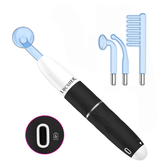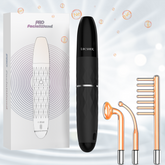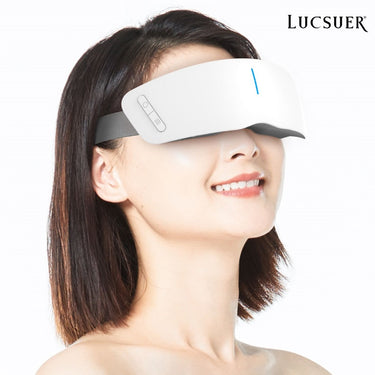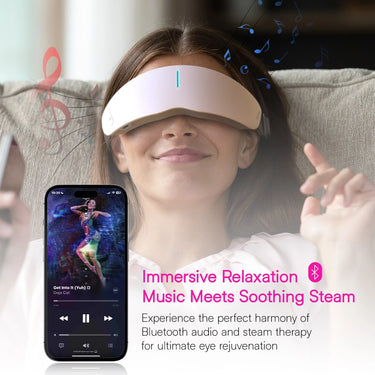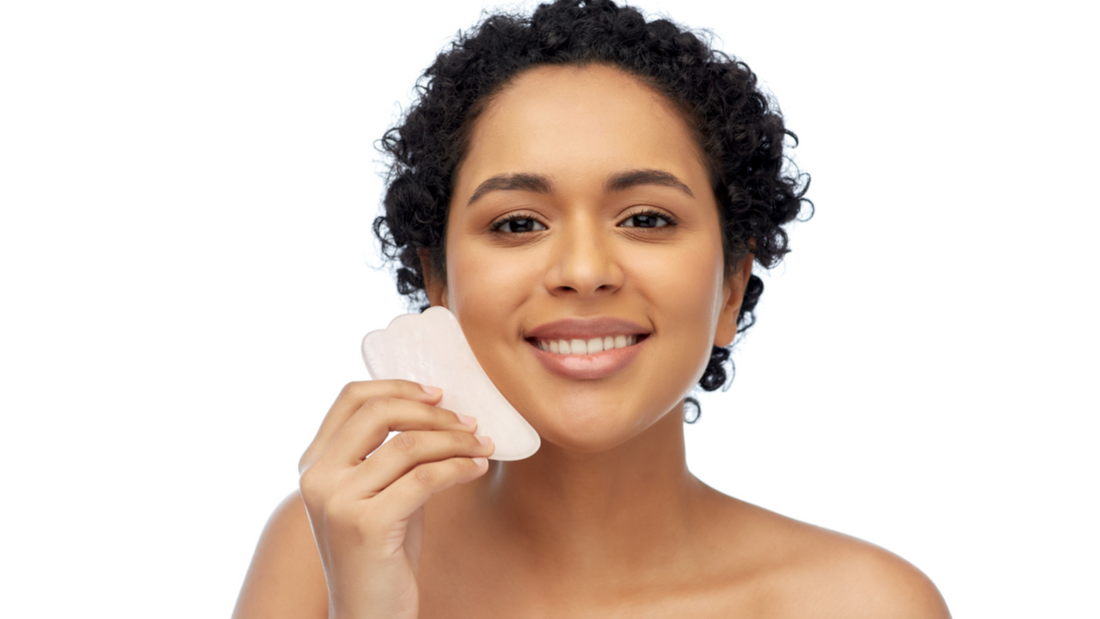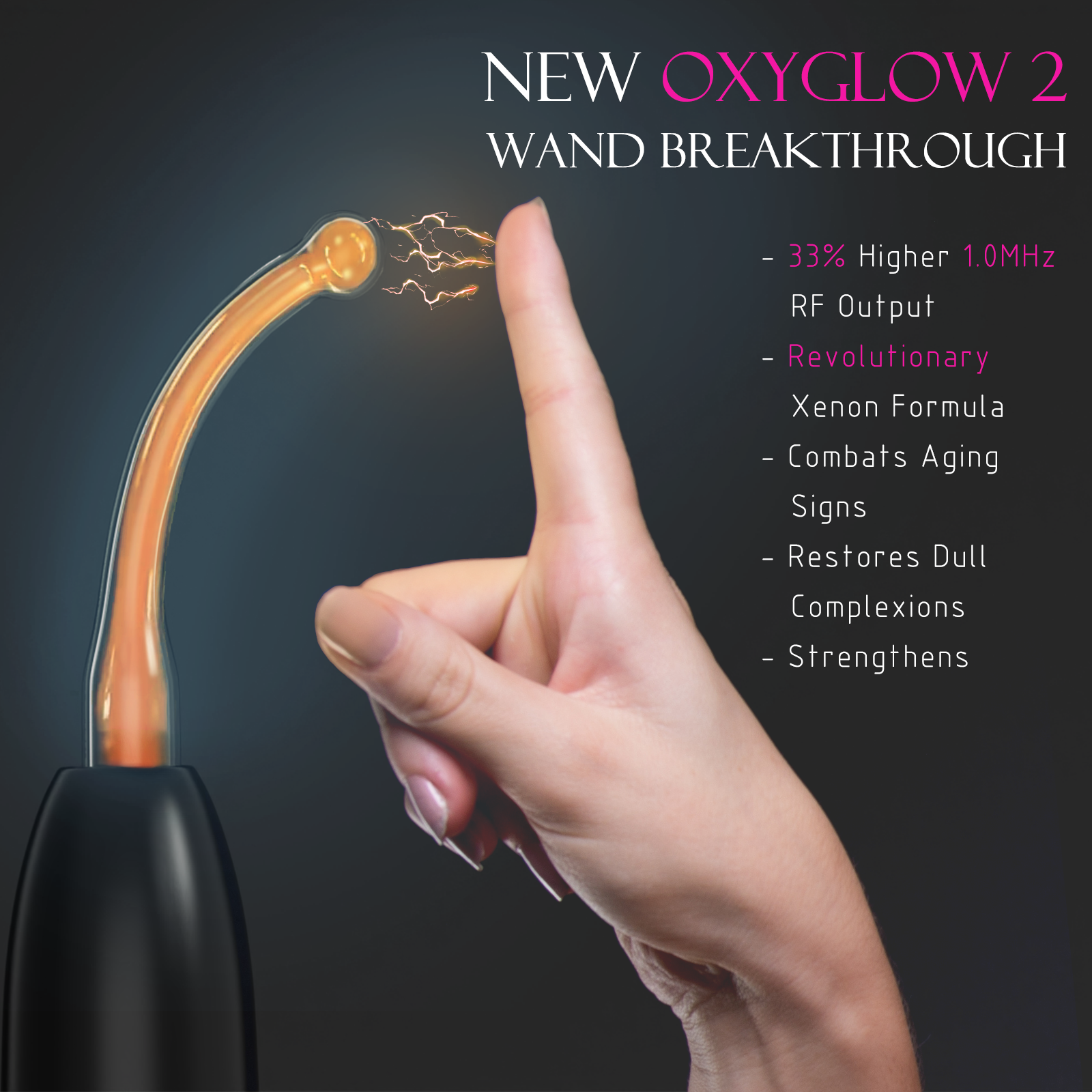In recent years, the beauty industry has seen a surge in the popularity of face tools designed to combat wrinkles and promote youthful-looking skin. From jade rollers to high-tech microcurrent devices, these tools promise to turn back the clock on aging skin. But with so many options available, how do you know which one is right for you? This comprehensive guide will walk you through everything you need to know before investing in face tools for wrinkle reduction.
Understanding Wrinkles and How Face Tools Can Help
Before diving into the world of face tools, it’s essential to understand what wrinkles are and how these tools aim to combat them.
What Are Wrinkles?
Wrinkles are creases, folds, or ridges in the skin that typically appear as we age. They’re primarily caused by:
- Sun exposure
- Natural aging process
- Lifestyle factors (smoking, diet, stress)
- Genetics
How Face Tools Work
Face tools aim to reduce the appearance of wrinkles through various mechanisms:
- Stimulating collagen production
- Improving blood circulation
- Enhancing product absorption
- Promoting lymphatic drainage
By addressing these aspects, face tools can contribute to smoother, firmer, and more youthful-looking skin.
Types of Face Tools for Wrinkles
Let’s explore the most popular types of face tools and how they work to combat wrinkles.
Microcurrent Devices
How They Work: Microcurrent devices deliver low-level electrical currents to facial muscles and skin. These currents mimic the body’s natural bioelectrical field, stimulating ATP production and collagen synthesis.
Benefits:
- Skin tightening
- Improved facial contours
- Enhanced collagen production
LED Light Therapy Devices
How They Work: These devices use different wavelengths of light to target specific skin concerns:
- Red light (630-660nm): Stimulates collagen production
- Blue light (415-495nm): Combats acne-causing bacteria
- Green light (495-570nm): Improves pigmentation
Benefits:
- Reduced inflammation
- Improved skin texture
- Enhanced collagen production
Face Rollers (Jade, Rose Quartz, etc.)
How They Work: Face rollers use gentle massage techniques to stimulate lymphatic drainage and improve blood circulation.
Benefits:
- Reduced puffiness
- Improved product absorption
- Enhanced skin glow
Gua Sha Tools
How They Work: Gua sha involves scraping a flat tool across the skin to promote circulation and release facial tension.
Benefits:
- Reduced fine lines
- Improved lymphatic drainage
- Enhanced facial contours
Derma Rollers (Microneedling)
How They Work: Derma rollers create micro-injuries in the skin, stimulating the body’s natural healing process and collagen production.
Benefits:
- Improved skin texture
- Reduced fine lines and wrinkles
- Minimized appearance of scars
Factors to Consider Before Buying Face Tools
When choosing a face tool for wrinkle reduction, consider the following factors:
Skin Type and Concerns
Identify your specific skin needs and choose tools that address your primary concerns:
- Fine lines vs. deep wrinkles
- Sagging skin
- Uneven texture
Also, consider your skin type:
- Sensitive skin may benefit from gentler tools like jade rollers
- Oily skin might respond well to LED therapy
- Dry skin could benefit from tools that enhance product absorption
Budget Considerations
Face tools range from affordable options like jade rollers to high-end devices like professional-grade microcurrent machines. Determine your budget and look for the best value within that range. Remember, a higher price doesn’t always guarantee better results.
Material and Build Quality
Opt for tools made from high-quality, non-toxic materials:
- Jade or rose quartz for face rollers
- Medical-grade stainless steel for derma rollers
- FDA-cleared devices for electrical tools
Ease of Use
Consider how user-friendly the tool is, especially if you’re a beginner. Look for:
- Clear instructions
- Ergonomic design
- Portability for travel
Maintenance and Hygiene
Choose tools that are easy to clean and maintain. Regular cleaning is crucial to prevent bacterial growth and ensure the tool’s longevity.
How to Use Face Tools Effectively
To get the most out of your face tools, follow these general guidelines:
Preparation
- Cleanse your face thoroughly
- Sanitize your tool before each use
- Apply appropriate skincare products (serums, oils) to allow smooth gliding
Usage Instructions
While specific instructions vary by tool, here are some general tips:
- Use gentle pressure to avoid irritating your skin
- Move in upward and outward motions to promote lifting
- Focus on areas with wrinkles, but don’t neglect the rest of your face
Post-Treatment Care
After using your face tool:
- Apply a hydrating serum or moisturizer
- Use sunscreen if heading outdoors
- Clean and store your tool properly
Potential Risks and Precautions
While face tools can be beneficial, it’s important to be aware of potential risks:
Possible Side Effects
- Skin irritation or redness
- Breakouts (if tools aren’t properly cleaned)
- Bruising (especially with gua sha if too much pressure is applied)
Contraindications
Avoid using certain face tools if you have:
- Active acne or skin infections
- Rosacea or extremely sensitive skin
- Recent cosmetic procedures (consult your dermatologist)
Safety Tips
- Start with lower intensities and shorter durations, gradually increasing as your skin adapts
- Discontinue use if you experience persistent irritation or adverse reactions
- Consult a dermatologist before starting any new skincare regimen, especially if you have pre-existing skin conditions
Combining Face Tools with Skincare Products
Face tools can enhance the efficacy of your skincare products. Here are some effective combinations:
- Use a hyaluronic acid serum before LED light therapy for added hydration
- Apply a vitamin C serum before using a face roller to boost its antioxidant effects
- Use a nourishing facial oil with gua sha for smoother gliding and improved results
When incorporating face tools into your routine, start with once or twice a week and gradually increase frequency as your skin adapts.
Real-Life Results and Expert Opinions
While individual results may vary, many users report positive outcomes from consistent use of face tools. Here’s what some experts say:
Dr. Jane Smith, a board-certified dermatologist, notes: “When used correctly and consistently, certain face tools can complement a good skincare routine. However, they’re not a substitute for proven anti-aging ingredients like retinoids and sunscreen.”
FAQs About Face Tools for Wrinkles
Q: How often should I use a microcurrent device?
A: Start with 2-3 times a week and gradually increase to 5 times a week for optimal results.
Q: Can LED light therapy be used daily?
A: Most devices are safe for daily use, but always follow the manufacturer’s instructions.
Q: Do face rollers really reduce wrinkles?
A: While they may not directly reduce wrinkles, face rollers can improve circulation and reduce puffiness, contributing to a more youthful appearance.
Q: Is microneedling safe for home use?
A: When used correctly, at-home microneedling can be safe. However, it’s crucial to follow proper hygiene practices and start with shorter needle lengths.
Q: What products should I use with a gua sha tool?
A: Facial oils or lightweight serums work best with gua sha tools, allowing for smooth gliding across the skin.
Conclusion
Face tools can be a valuable addition to your anti-aging skincare routine when chosen wisely and used correctly. By understanding the different types of tools available, considering your skin’s specific needs, and following proper usage guidelines, you can make an informed decision about which face tool is right for you.
Remember, consistency is key when it comes to skincare. No tool will provide overnight miracles, but with regular use and realistic expectations, you may see improvements in your skin’s texture, firmness, and overall appearance.
As you embark on your journey with face tools, listen to your skin and adjust your routine as needed. And always remember, these tools are meant to complement a healthy lifestyle and a solid skincare regimen, not replace them.
Are you ready to explore the world of face tools? We’d love to hear about your experiences and questions in the comments below!
